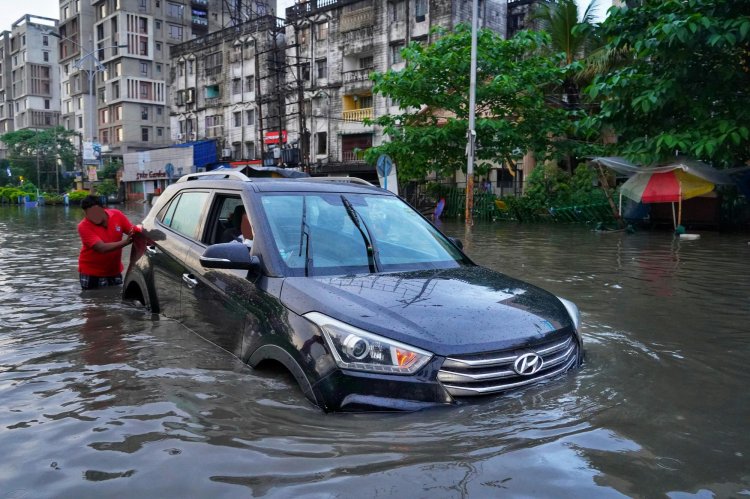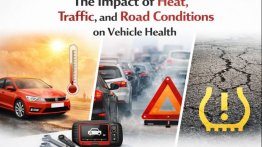The monsoon season brings a refreshing change after the scorching summer heat, but it also presents numerous challenges for car owners. Heavy rains, waterlogged streets, and increased humidity can lead to a variety of car issues. Preparing your vehicle for the rainy season and being aware of potential problems can help you navigate these months with fewer headaches. Here are some common car issues faced during the monsoon and tips on how to address them.
Photo by Dibakar Roy on Unsplash
1. Waterlogging and Engine Damage
Driving through waterlogged streets can be extremely risky. Water can enter the engine, leading to a phenomenon known as hydrostatic lock or "hydrolock." This occurs when water enters the combustion chamber, causing severe engine damage. To avoid this, it’s best to avoid driving through deep water. If you must, proceed slowly and steadily without stopping.
Tip: Ensure your car's air intake is not too low. If you frequently drive in waterlogged areas, consider installing a snorkel.
2. Brake Issues
Moisture can cause brake pads and discs to become less effective. Wet brakes can increase stopping distances and reduce overall braking efficiency. It's crucial to ensure that your brakes are in top condition before the monsoon season starts.
Tip: Get your brakes checked regularly and replace worn-out brake pads. After driving through water, gently apply the brakes to help dry them out.
3. Electrical Problems
Water and electronics don’t mix well. Moisture can cause electrical components to malfunction, leading to problems like non-functional lights, wipers, and even engine starting issues. Water ingress in the car's electrical system can lead to short circuits and other serious problems.
Tip: Inspect and seal any exposed wires or electrical components. Regularly check your car's battery and alternator to ensure they are functioning properly.
4. Reduced Visibility
Heavy rains can significantly reduce visibility, making driving dangerous. Foggy windshields and non-functional wipers can exacerbate this issue. Ensuring that your wipers are in good condition is crucial for maintaining clear visibility.
Tip: Replace old wiper blades and keep the windshield washer fluid topped up. Use an anti-fog solution on the interior of your windows to prevent fogging.
5. Tyre Issues
Wet roads can reduce tyre grip, increasing the risk of skidding. Worn-out tyres with insufficient tread depth can exacerbate this issue, leading to hydroplaning where the tyres lose contact with the road surface.
Tip: Check the tread depth of your tyres and replace them if necessary. Maintain the recommended tyre pressure to ensure optimal performance.
6. Rust and Corrosion
Constant exposure to water and humidity can cause rust and corrosion on your car's body and undercarriage. This can weaken the structure and affect the car's appearance and performance.
Tip: Wash your car regularly to remove dirt and prevent rust. Apply a coat of wax to protect the paint and consider using an anti-rust spray on the undercarriage.
7. Clogged Drains and Water Leaks
Clogged drains can cause water to accumulate in various parts of your car, leading to water leaks inside the cabin. This can damage the upholstery and electrical components inside the car.
Tip: Regularly check and clean the drainage channels around the windshield and sunroof. Ensure that door seals and window seals are intact and not allowing water to seep in.
Conclusion
Monsoon season requires extra care and attention for your vehicle. Regular maintenance and proactive measures can prevent common car issues and ensure a safe driving experience during the rainy months. By addressing these potential problems early, you can enjoy the monsoon season without worrying about your car's performance and safety.











